Robert Smith was an important figure: a founder of Queen's Park, a Scotland internationalist, thought to be the first man to play the game on both sides of the border. Yet, until recently, little was known about him as he emigrated in 1873 and, as my title says, went off to the Rocky Mountains.
Tracking him down simply would not have been possible a few years ago, but newly-digitised resources have transformed research.
A couple of years later Robert moved to London for work, where he continued to play football with South Norwood, but retained his Queen's Park membership and played for them against Wanderers in the semi-final of the inaugural FA Cup competition in 1872. He also represented his parent club – and by extension the interests of Scottish football – on the FA management committee. In November that year, Robert and his brother James came back to Glasgow to take part in the first international. Then, in 1873, Robert emigrated and disappeared from view.
So, what else do we know? A key document is the first minute of Queen's Park FC from 9 July 1867. The original was lost in a fire in 1945, along with much of the club archive, but thankfully it was reproduced in Richard Robinson's club history, published in 1920. A word of caution, though, as his book is often used as the prime source of information for this period. Robinson was not there in person and made mistakes: for example, he thought Robert Smith was the senior of the brothers, whereas it was James. I'll come back to this document later.
Another chronicler of early Scottish football, the journalist DD Bone, was also ambivalent about Smith's talents – 'he was not what could be called a brilliant forward' – and equally vague as to where he had gone.
At first sight, it looked like it would be almost impossible to track down what happened to him. Not only is Smith the most common name, the Rocky Mountains stretch for three thousand miles from Canada to New Mexico. He could be anywhere.
However, as with any research, there are clues, and the breakthrough for me was a snippet in Richard Robinson's book, where he described a club presentation to Robert Smith on the occasion of his marriage.
He gave a precise date, 22 July 1879, and using the digitised Glasgow Herald, I trawled through the following day's personal announcements, and there he was, getting married in Glasgow. He was described as a merchant of Green River City, Wyoming, not exactly a prime destination for an emigrant Scot. Even now, Green River is a humdrum mining community in south-west Wyoming, its economy based on vast underground resources of 'trona', the raw material for soda ash.
I duly googled 'Robert Smith' and 'Green River', and to my astonishment his life appeared before my eyes as the New York Public Library had digitised and put online Progressive Men of the State of Wyoming, a collection of biographies published in 1903. There were copious details of his life, from his fairly humble family background – his father was a gardener – through his education at Fordyce Academy, his employment in Glasgow and London, his early experiences in Wyoming as a financial clerk with a mining company, and concluding with his glittering career as newspaper editor and politician. He founded a paper called the Sweetwater Gazette, which has since changed its name but is still going, and became Chief Clerk of the Wyoming House of Representatives.
Then, in the Wyoming Newspaper Archive, another free online resource, I filled in more gaps. Smith left Wyoming in 1903 and sold lucrative mineral rights in what was then called Indian Territory, now the state of Oklahoma, until his death.
Sport apart, he certainly made an impact locally. Here is the famous put-down from Bill Nye, editor of a rival newspaper in nearby Laramie: 'We have nothing more to say of the editor of the Sweetwater Gazette. Aside from the fact that he is a squint-eyed, consumptive liar, with a breath like a buzzard and a record like a convict, we don't know anything against him. If he don't tell the truth a little more plenty, the Green River people will rise as one man and churn him up till there won't be anything left of him but a pair of suspenders and a wart.'
Anyway, Smith was undaunted by the criticism and the electorate were happy to be represented by him in the Wyoming legislature, so that eventually he became the Honorable Robert Smith.
Taking the project further, I carried on piecing together the Smith family story. His son was a doctor in Chicago, his grandson was a US naval officer who survived Pearl Harbour unscathed. And finally I traced the footballer's great-granddaughter in Connecticut, and she has the family scrapbook and even an athletics trophy that Robert won in 1869. That gave me an outstanding source of material, pictured below.
Another key name at the birth of Queen’s Park was the club's first secretary, who wrote and signed the minute in 1867, in beautiful handwriting. He was called Klinger in Robinson's club history, but if you look closely at the signature you can see his name was actually Klingner, with an 'n'. That small difference made it possible to research one of the founders of Queen's Park: William Klingner was born in 1848 in Portsoy, a fishing village on the north-east coast.
The other signature was Lewis Black, the first club captain, born in Cullen, which is just six miles west of Portsoy. And halfway between Cullen and Portsoy is Fordyce, where both Smith brothers and William Klingner went to the local Academy.
So, you have three out of the four office bearers of Scotland's first football club – Black, Klingner and Smith – all coming from a tiny group of communities on the north-east coast. The exception was the club president Mungo Ritchie, who came from Perthshire.
What is more, that sense of togetherness remained as when Klingner moved to London, he shared digs in Lambeth with the Smith brothers, then followed Robert to America.
I could go on with these personal stories. But the next stage was to look at the bigger picture, and the obvious question was: who else got Scottish football going? You could write a book about it – and I did.
The focal point, of course, is the world's first football international, staged on St Andrew's Day 1872, at the West of Scotland Cricket Ground in Partick. I recommend a visit as it has changed little in 150 years and it is easy to imagine the scene that day, with a section of the cricket pitch roped off, the football field running north to south.
You can draw your own conclusions about the links between social status, health and life expectancy, but the obvious inference from all of this is that association football in Scotland arose from a very different set of circumstances to England. Free from the baggage of school rules and traditions, the Scots developed their own style of play, using passing and teamwork rather than dribbling and individuality. That suited their smaller stature, and what is more it was incredibly successful.
Within five years of Queen's Park being established the Scots were able to match the English in that international of 1872, drawing 0-0. A few years on, they were virtually unbeatable: in 1878, Scotland won 7-2 against England and 9-0 against Wales.
By coincidence that was also the year that Fergie Suter and Jimmy Love went south to Darwen, the first of the flood of Scots professors who would transform the English game in years to come. The pioneers such as Robert Smith laid the ground for the modern sport of football that we all know today.
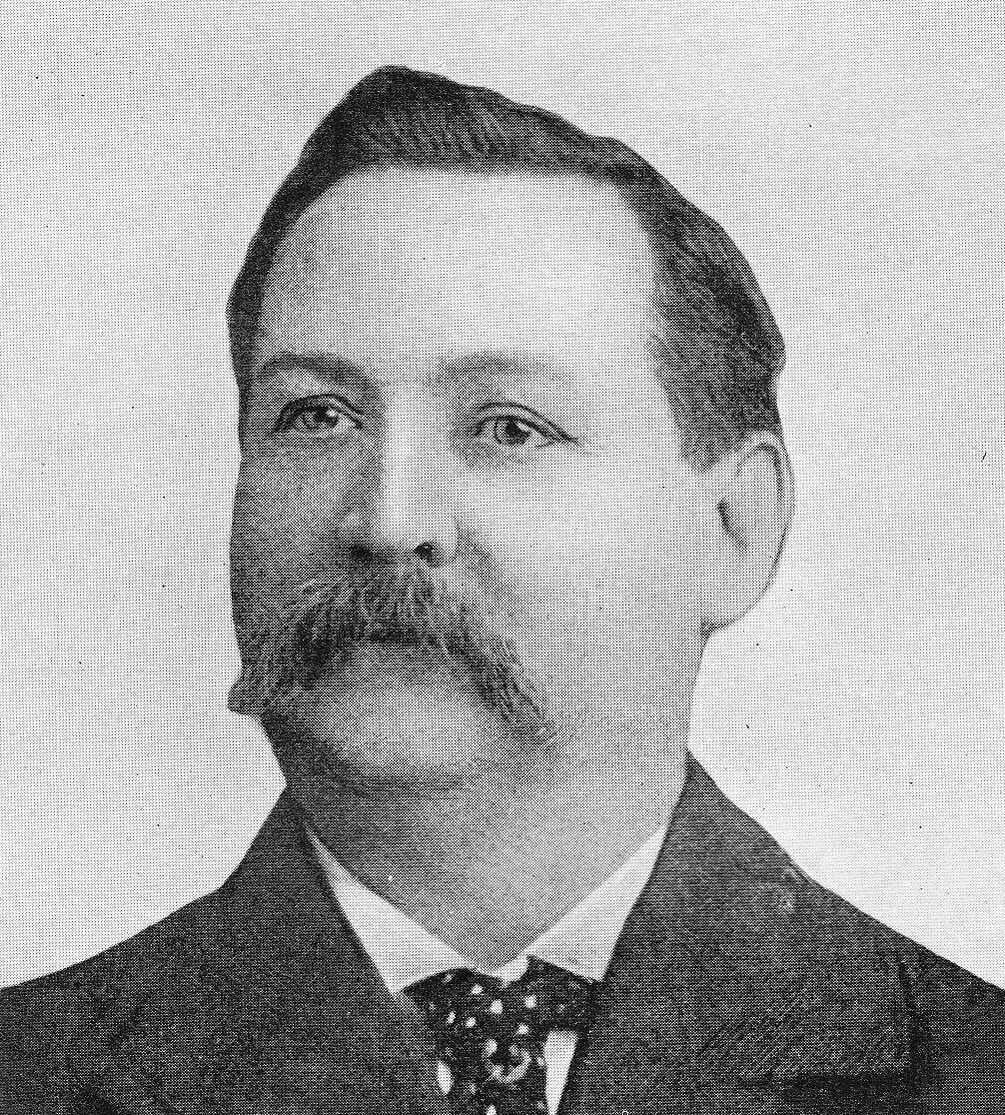
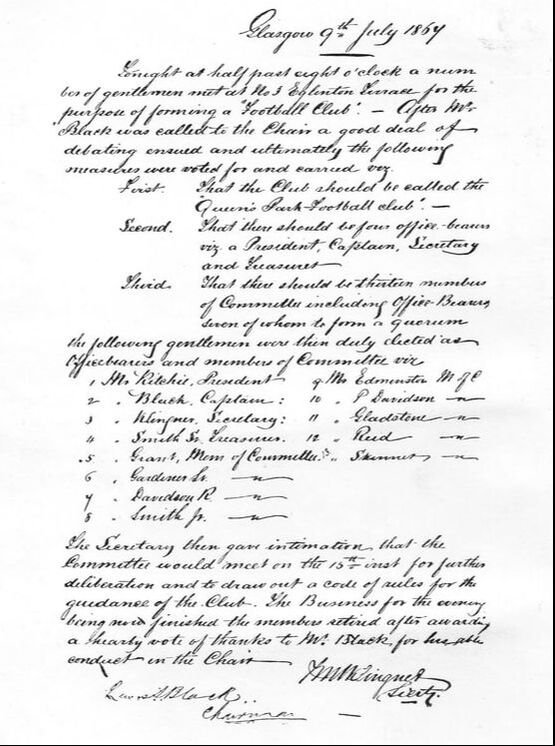
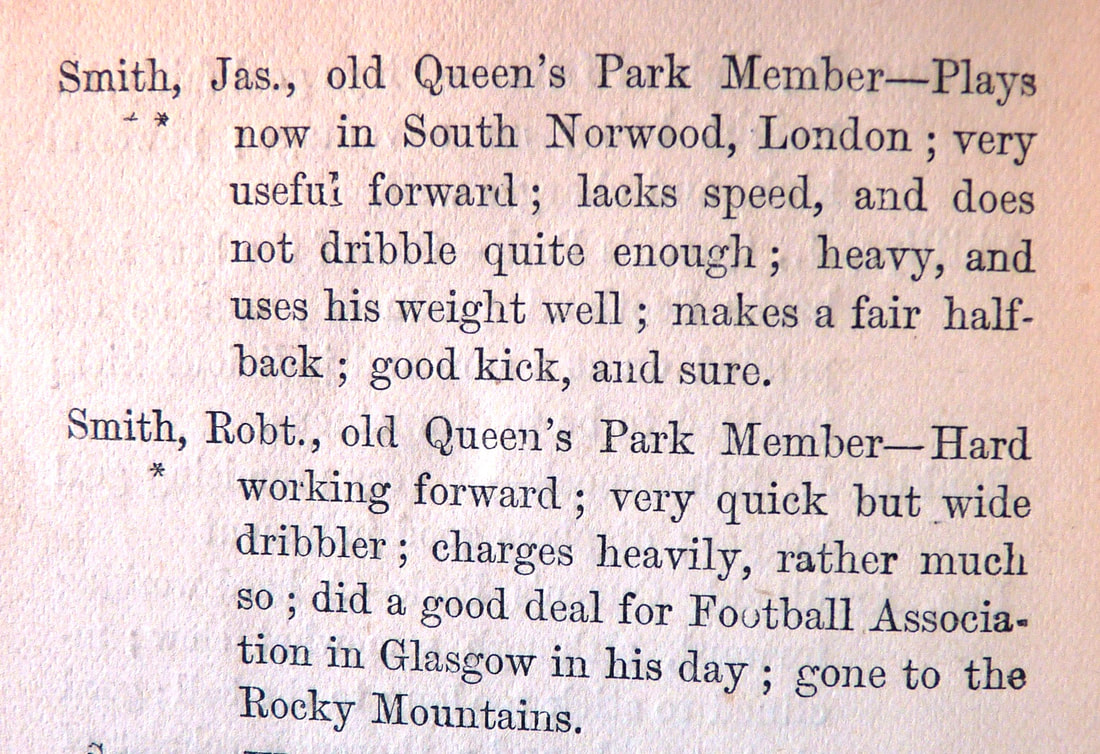
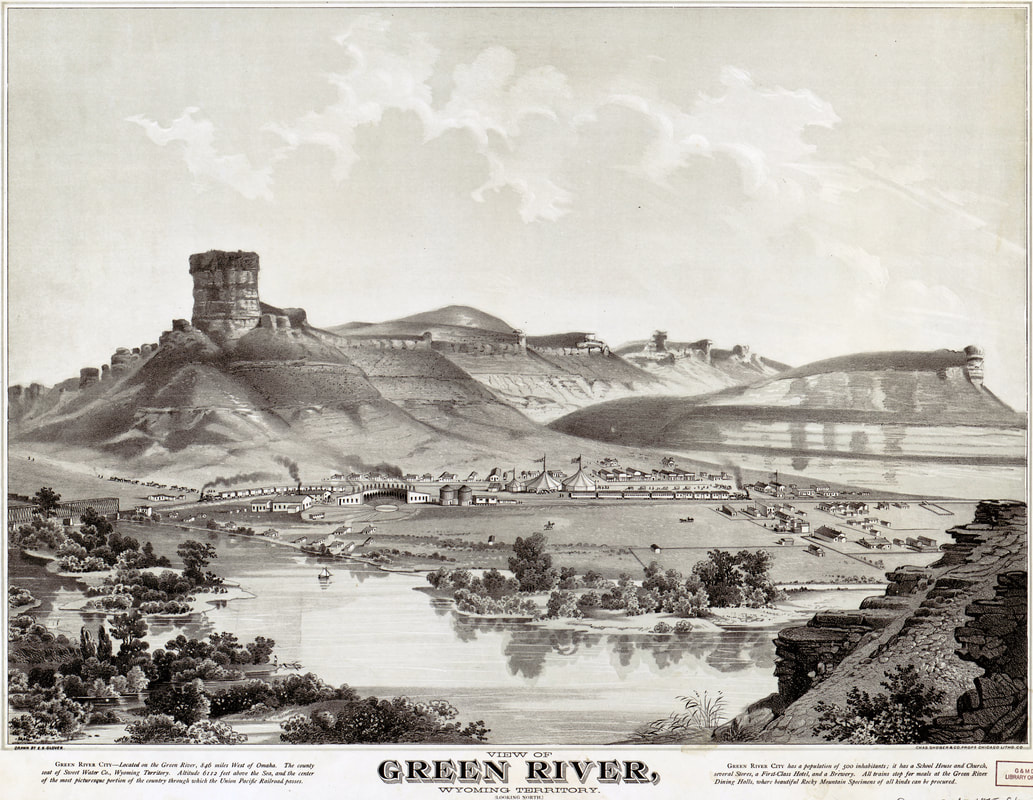
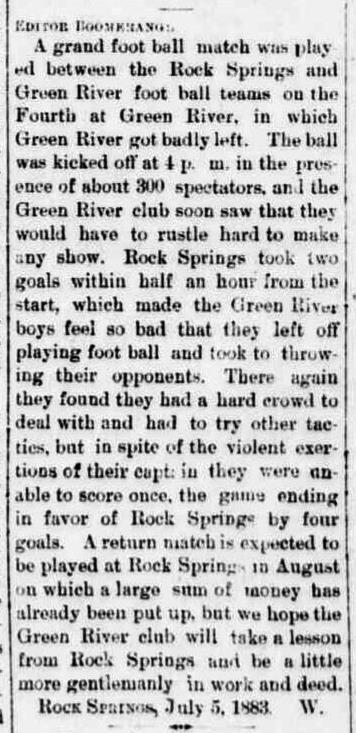
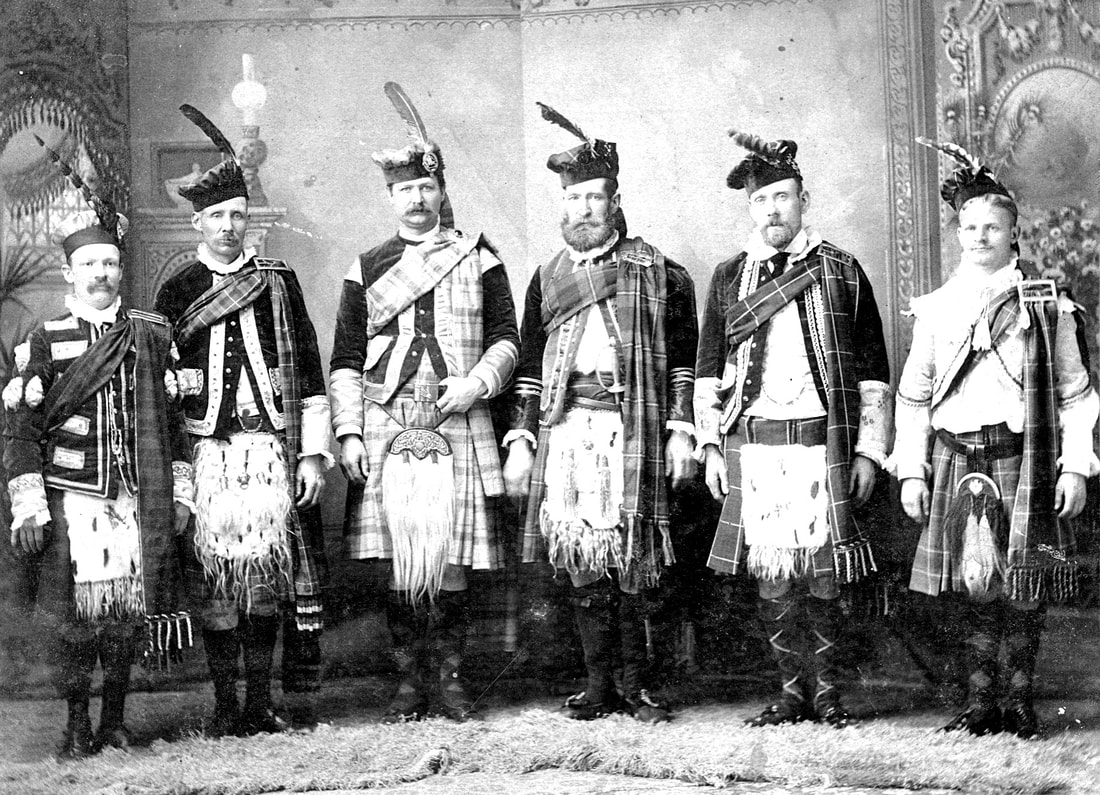
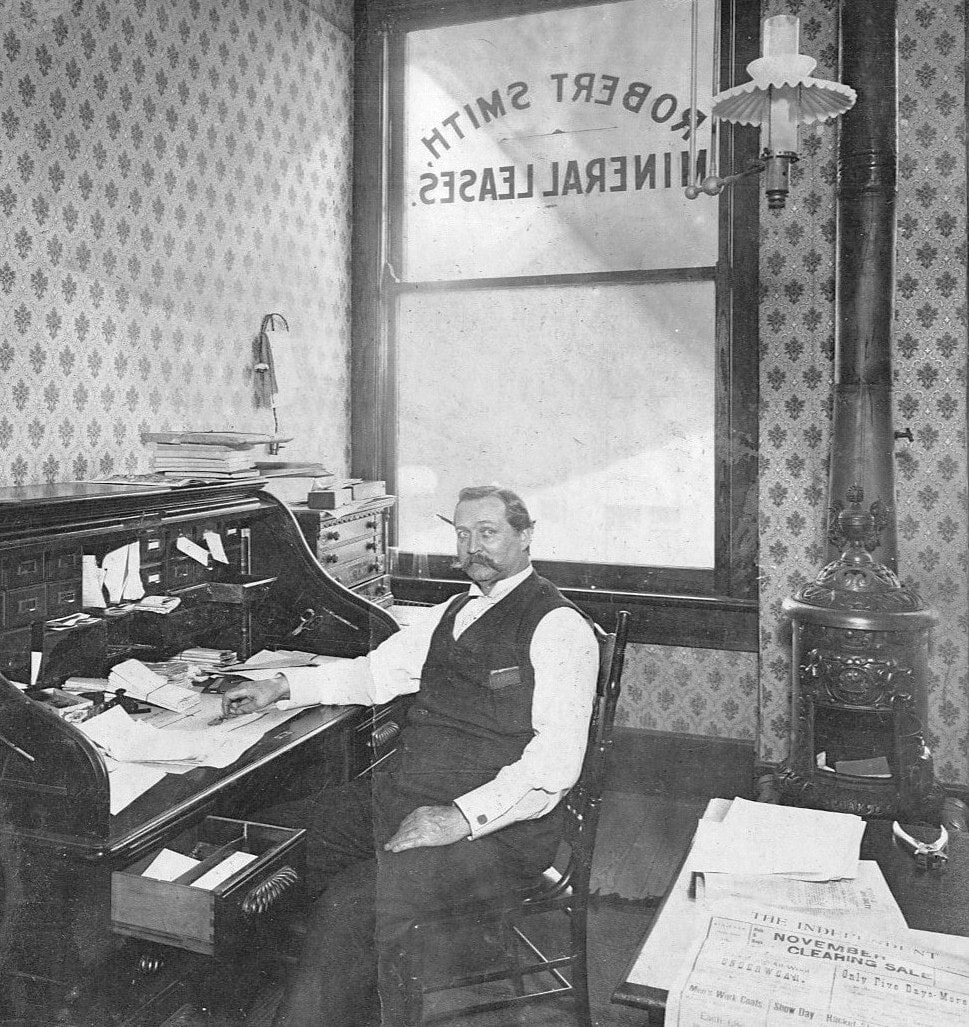
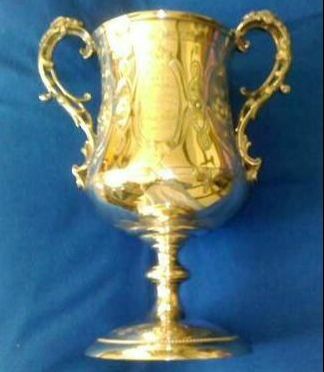
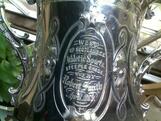
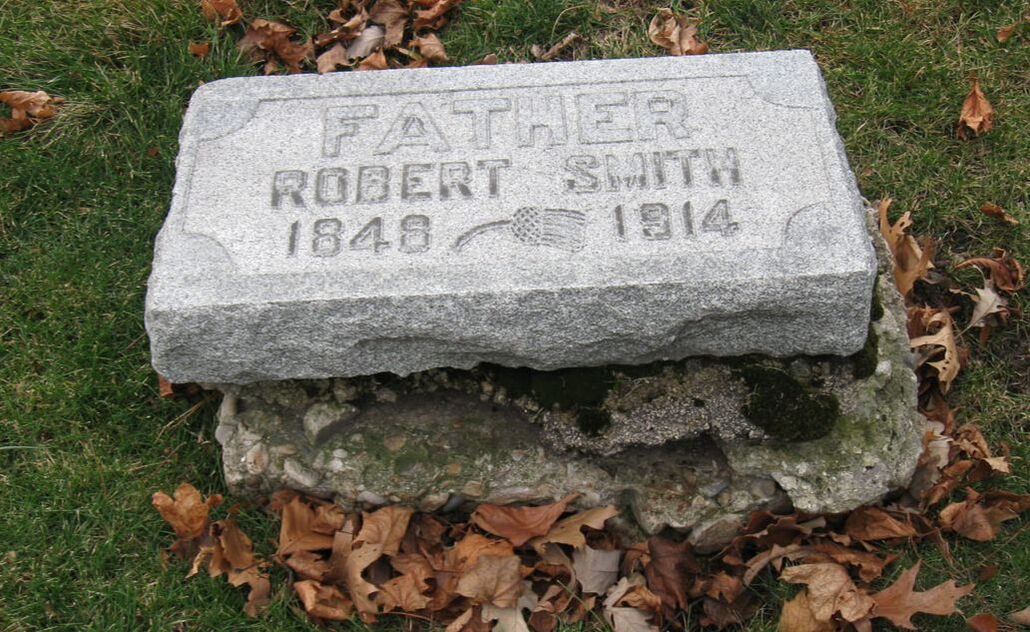
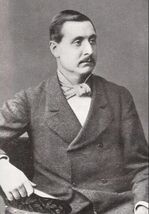
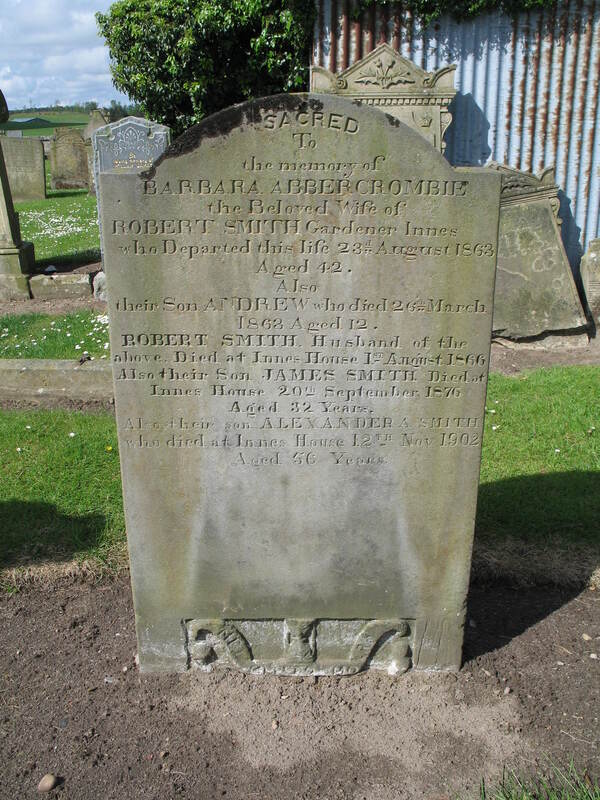
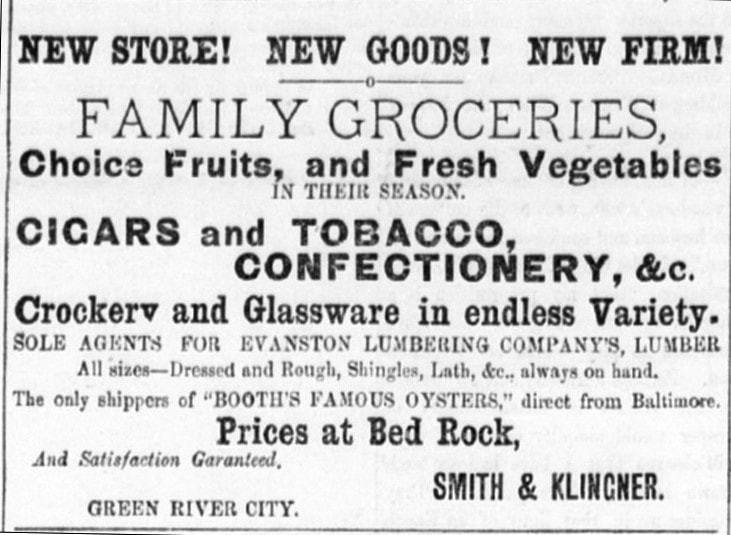
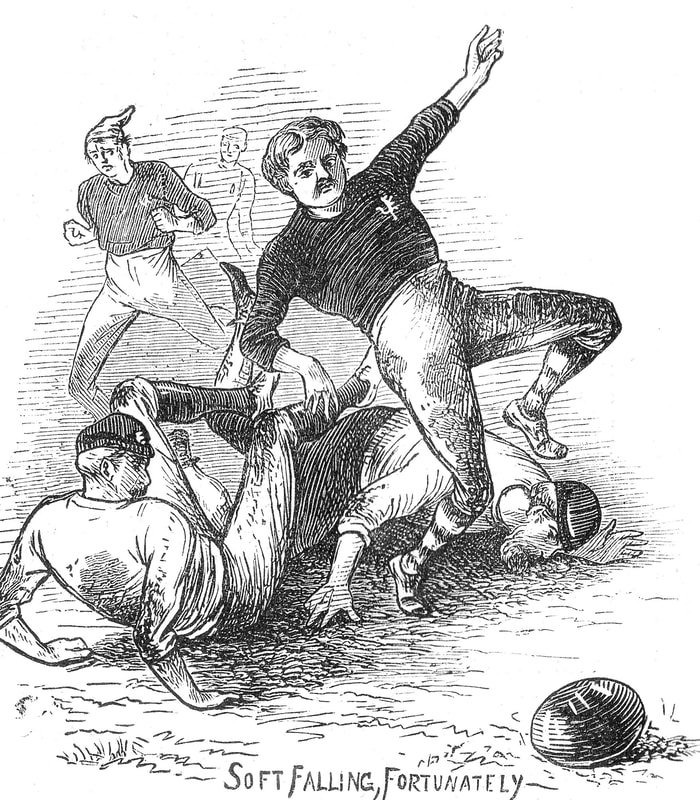
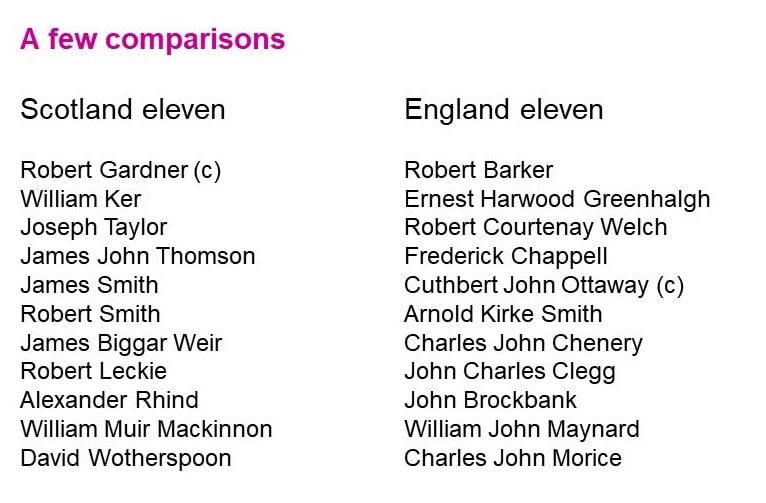
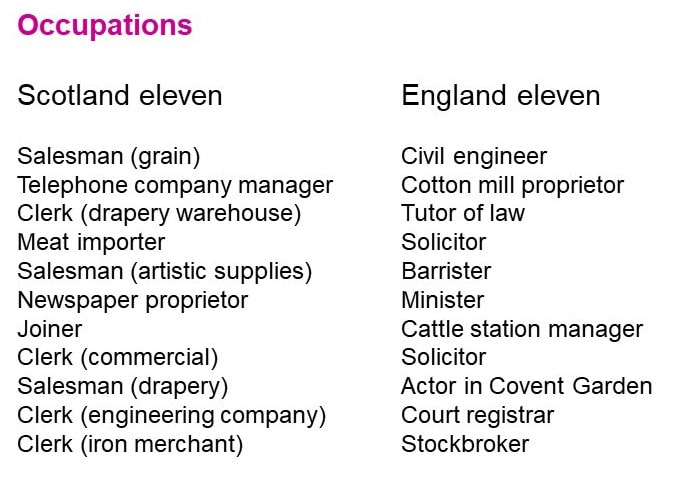
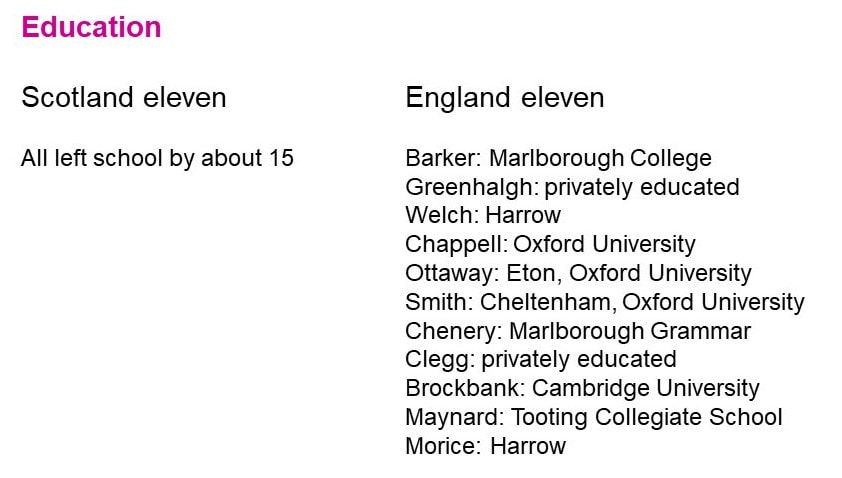
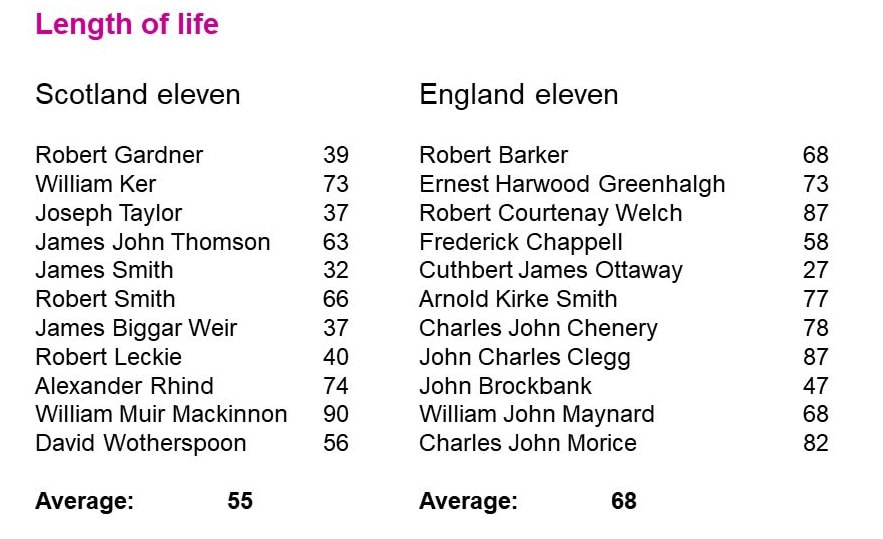
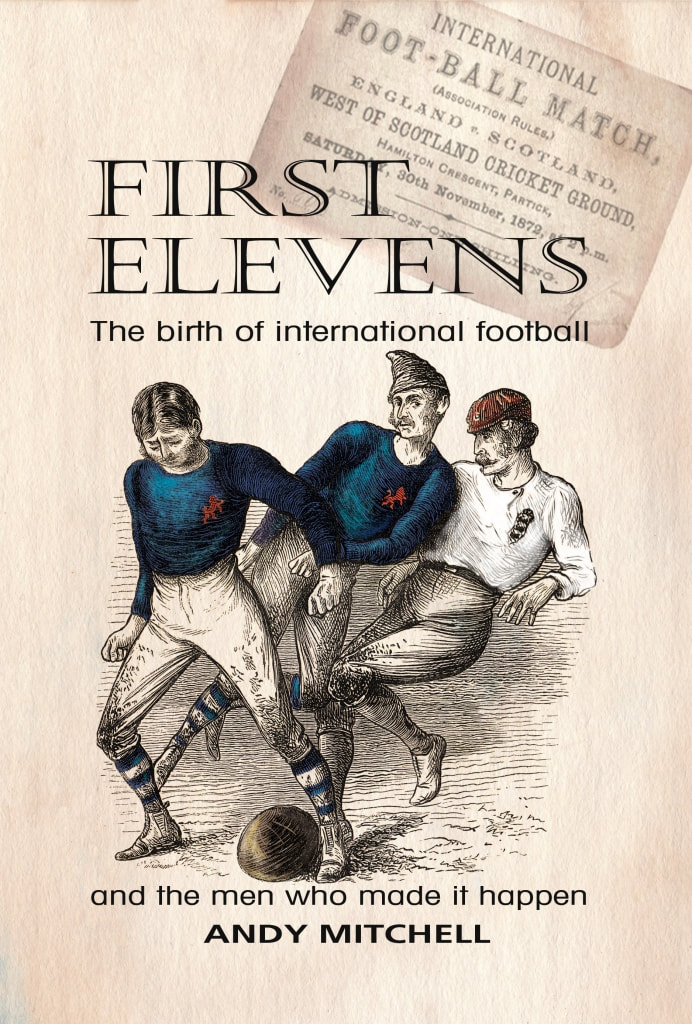
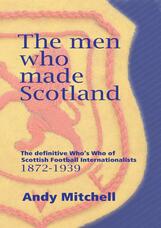
 RSS Feed
RSS Feed